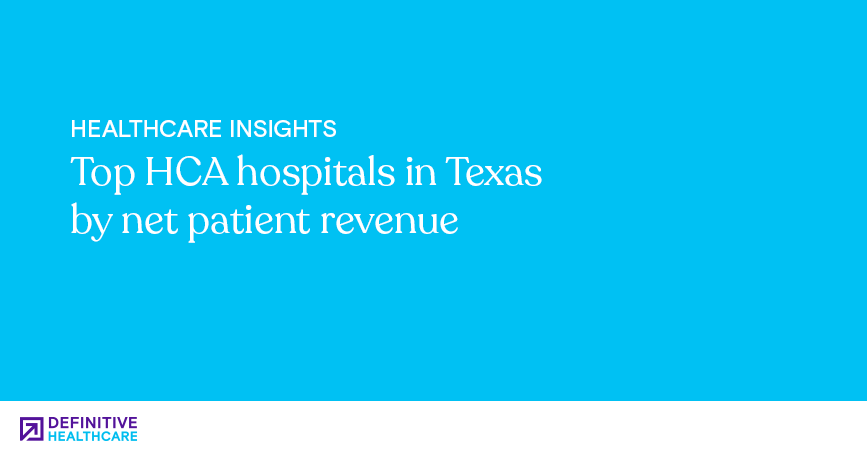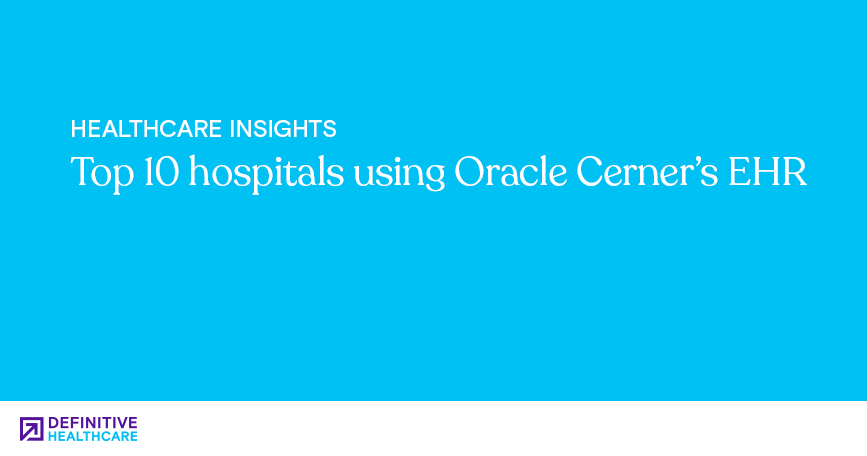Filter by Type

Skilled nursing facility payor mix review
Explore our skilled nursing facility payor mix analysis. Find SNF primary payors and other SNF metrics with Definitive Healthcare.

Top hospitals in Washington state by net patient revenue
Discover the top hospitals in Washington state ranked by net patient revenue. Explore their services, specialties, and contributions to healthcare excellence.

Top HCA hospitals in Texas by net patient revenue
Explore the leading HCA hospitals in Texas based on net patient revenue. Find comprehensive information on top healthcare facilities and their services.

Largest obstetrics/gynecology physician group practices
Discover the largest obstetrics/gynecology physician groups. Learn which obstetrics/gynecology physician groups have the most physicians and get tips for targeting obstetrics/gynecology practices.

Top durable medical equipment procedure codes
Discover essential durable medical equipment procedure codes to enhance patient care. Explore our comprehensive guide for accurate coding and billing practices.

What are the most common orthopedic surgeries?
Looking for the most common orthopedic surgeries? Explore a list of top orthopedic surgeries, the types of orthopedic surgery, and popular orthopedic CPT codes.

Average age of doctors and providers by medical specialty
Uncover the average ages of doctors in different specialties. Discover the provider specialties that average older and younger.

Top 10 hospitals using Oracle Cerner's EHR
Uncover the leading hospitals utilizing Oracle Cerner’s EHR system. Learn how these top 10 hospitals are transforming healthcare delivery and patient outcomes.
